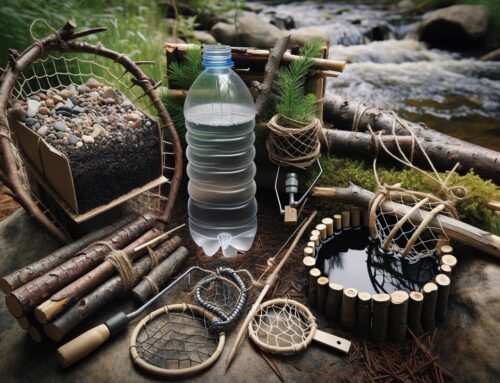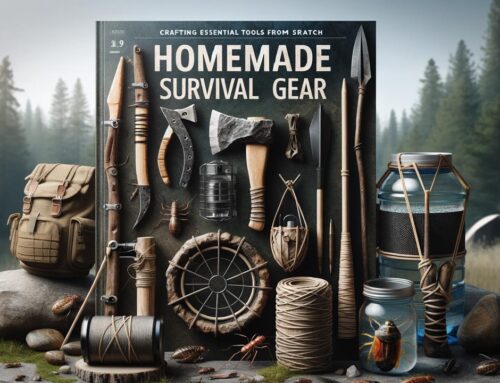First aid is a crucial skill that everyone should possess, regardless of their profession or background. It’s the immediate assistance given to any person suffering from either a minor or serious illness or injury, with care provided to preserve life, prevent the condition from worsening, or to promote recovery. This article delves deep into the world of first aid, providing readers with a comprehensive understanding of its importance, techniques, and best practices. By the end of this piece, you will have gained valuable insights into the basic principles of first aid, the steps to take in various emergency situations, and the significance of being prepared. Whether you’re a layperson, a professional in the healthcare industry, or someone simply looking to expand their knowledge, this article is tailored to provide a thorough understanding of first aid fundamentals.
Fundamental First Aid
Table of Contents
- The Importance of First Aid
- Basic Principles of First Aid
- Common First Aid Situations and Responses
- First Aid Kit Essentials
- Frequently Asked Questions
- Final Thoughts
- Sources
The Importance of First Aid
First aid is not just a set of skills but a means to save lives. Immediate and effective first aid can make the difference between life and death in many situations. According to the World Health Organization, timely first aid could save millions of lives each year. Moreover, it’s not just about physical aid; first aid also provides emotional and psychological support, helping individuals cope with traumatic situations.
Basic Principles of First Aid
The primary principles of first aid are often remembered as the “Three Ps”:
- Preserve Life: The main aim is to save lives. This includes the life of the casualty, bystanders, and rescuers.
- Prevent Further Harm: Ensure that the situation doesn’t worsen. This can mean moving an injured person away from a hazard or ensuring they are safe from further injury.
- Promote Recovery: This involves giving necessary medical treatment to promote recovery, such as applying bandages or performing CPR.
Common First Aid Situations and Responses
There are numerous situations where first aid can be applied. Some of the most common include:
- Cuts and Scrapes: Clean the wound with mild soap and water, apply an antibiotic ointment, and cover with a bandage.
- Burns: Run cool (not cold) water over the burn for about 10 minutes or until the pain eases, then protect from further injury using a sterile non-stick bandage.
- Choking: Use the Heimlich maneuver to force the obstruction out. If unsuccessful, call for emergency help immediately.
- Heart Attacks: Call for emergency help immediately. If the person is unconscious and not breathing, begin CPR.
First Aid Kit Essentials
A well-equipped first aid kit is a lifesaver. Here are some essentials every kit should contain:
- Sterile gauze and bandages
- Adhesive tape
- Antiseptic wipes
- Tweezers
- Scissors
- Pain relievers
- A digital thermometer
- An instant cold pack
- Disposable gloves
Frequently Asked Questions
Final Thoughts
The importance of first aid cannot be overstated. It’s a skill that has the potential to save lives and alleviate suffering. The most crucial takeaway from this article is the significance of being prepared. Whether it’s having a well-equipped first aid kit at hand or being knowledgeable about how to respond in various emergency situations, being prepared can make all the difference.
Sources
- World Health Organization. First Aid for Life.
- American Red Cross. First Aid Steps.
- Mayo Clinic. First Aid Kit Essentials.







Leave A Comment